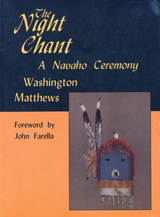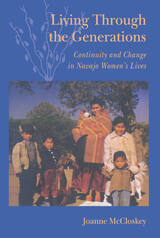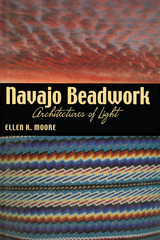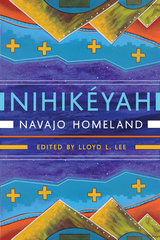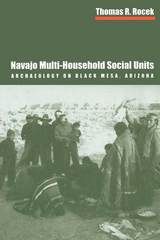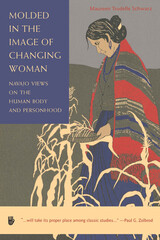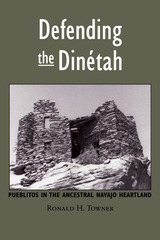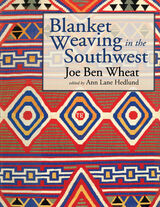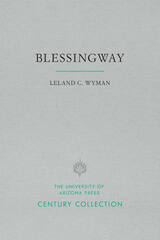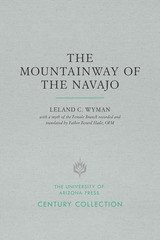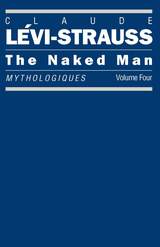Defending The Dinetah
University of Utah Press, 2003
Paper: 978-0-87480-856-8 | Cloth: 978-0-87480-774-5
Library of Congress Classification E99.N3T675 2003
Dewey Decimal Classification 307.3172089972
Paper: 978-0-87480-856-8 | Cloth: 978-0-87480-774-5
Library of Congress Classification E99.N3T675 2003
Dewey Decimal Classification 307.3172089972
ABOUT THIS BOOK | AUTHOR BIOGRAPHY | REVIEWS | TOC | REQUEST ACCESSIBLE FILE
ABOUT THIS BOOK
Among the most striking features of the northwestern New Mexico landscape are the more than 130 fortresses and towers built on boulders, promontories, and mesa rims. These "pueblitos" in the traditional Navajo homeland of Dinétah have been a key piece of evidence used by archaeologists to infer a massive immigration of Puebloans into the Navajo country following the Spanish re-conquest of New Mexico (ca. 1700), yet they have never been comprehensively analyzed.
Using a database of tree-ring dates taken from beams and wood used to construct these pueblitos, Ronald Towner shows in this volume that most pueblitos are unrelated to Puebloan immigration or the re-conquest. He concludes that Navajos constructed the masonry structures and hogans contemporaneously for protection against Ute raiders and later Spanish entradas. Further, most were occupied for relatively brief periods and population density was much lower than has been assumed.
Towner points to a new model of Navajo ethnogenesis, based on a revised early population distribution and a variety of other means of incorporating non-Athapaskan elements into Navajo culture, making Defending the Dinétah a major contribution to Navajo studies.
Using a database of tree-ring dates taken from beams and wood used to construct these pueblitos, Ronald Towner shows in this volume that most pueblitos are unrelated to Puebloan immigration or the re-conquest. He concludes that Navajos constructed the masonry structures and hogans contemporaneously for protection against Ute raiders and later Spanish entradas. Further, most were occupied for relatively brief periods and population density was much lower than has been assumed.
Towner points to a new model of Navajo ethnogenesis, based on a revised early population distribution and a variety of other means of incorporating non-Athapaskan elements into Navajo culture, making Defending the Dinétah a major contribution to Navajo studies.
See other books on: Colonization | Dwellings | Ethnoarchaeology | Navajo Indians | New Mexico
See other titles from University of Utah Press

